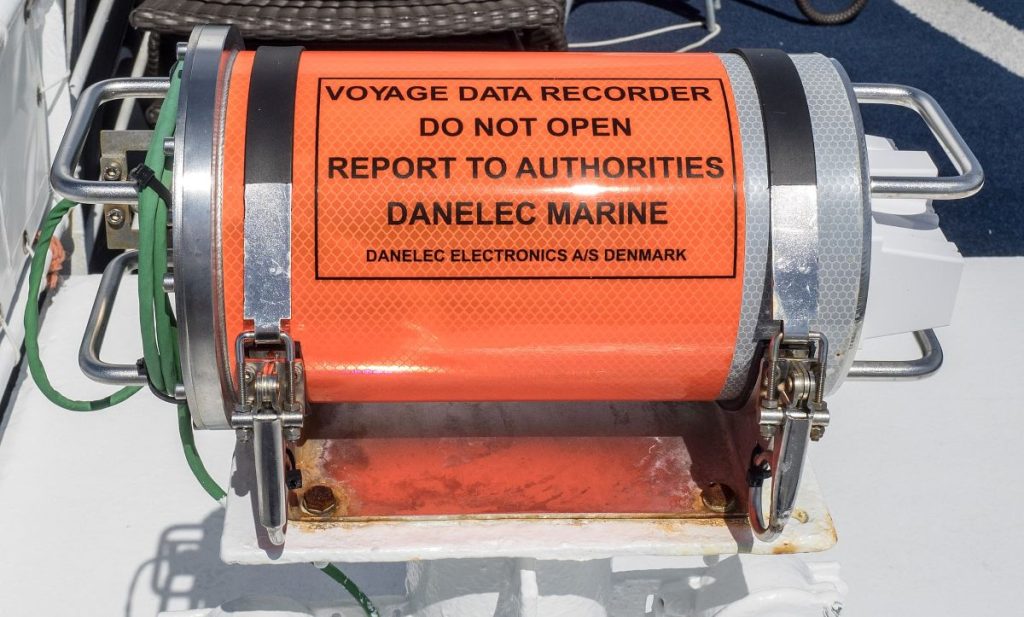Scientists behind the project aren’t shy about its purpose
Others are reading now
Scientists behind the project aren’t shy about its purpose
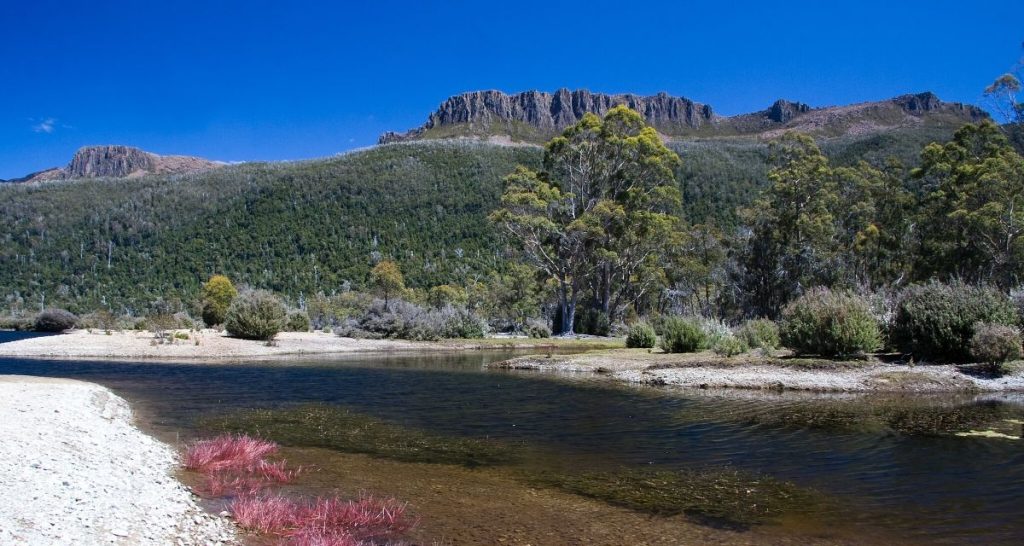
In a remote stretch of Tasmania, a stark steel monolith is rising from the ground, not as a monument to humanity’s achievements, but as a silent witness to its potential downfall.
Dubbed Earth’s Black Box, the installation will serve as a climate record-keeper, capturing every step and misstep, that could lead to the collapse of civilization.
Scientists behind the project aren’t shy about its purpose: to store unbiased data, offer future generations a record of what went wrong, and, they hope, serve as a wake-up call for those still in a position to act.
Also read
Why Tasmania?
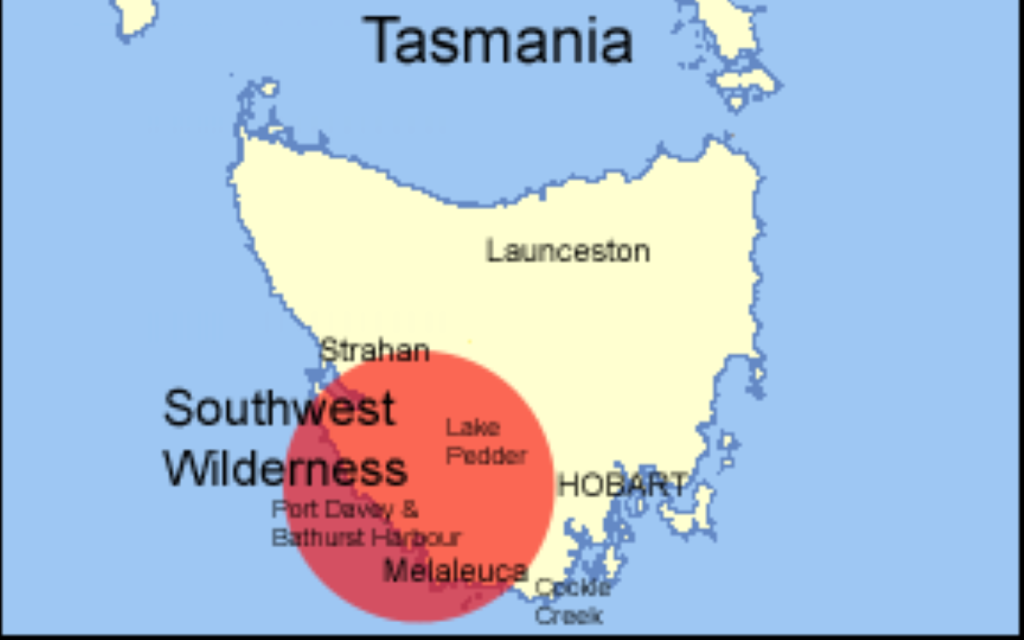
The decision to place Earth’s Black Box in Tasmania wasn’t random.
The island offers relative geological stability and isolation, ideal for long-term preservation.
The team behind the project, a collaboration between artists, scientists, and engineers, hopes it will endure whatever global catastrophe may come, whether that be sea level rise, nuclear conflict, or environmental collapse.
What Exactly Will It Record?

The monolithic structure will continuously collect and store vast amounts of environmental and societal data.
This includes CO₂ levels, ocean temperature, energy consumption, species extinction rates, policy shifts, news headlines, and social media posts.
In short, it will track humanity’s planetary footprint, not only our emissions but our responses to the crisis.
Inspired by a Black Box But Built for Earth
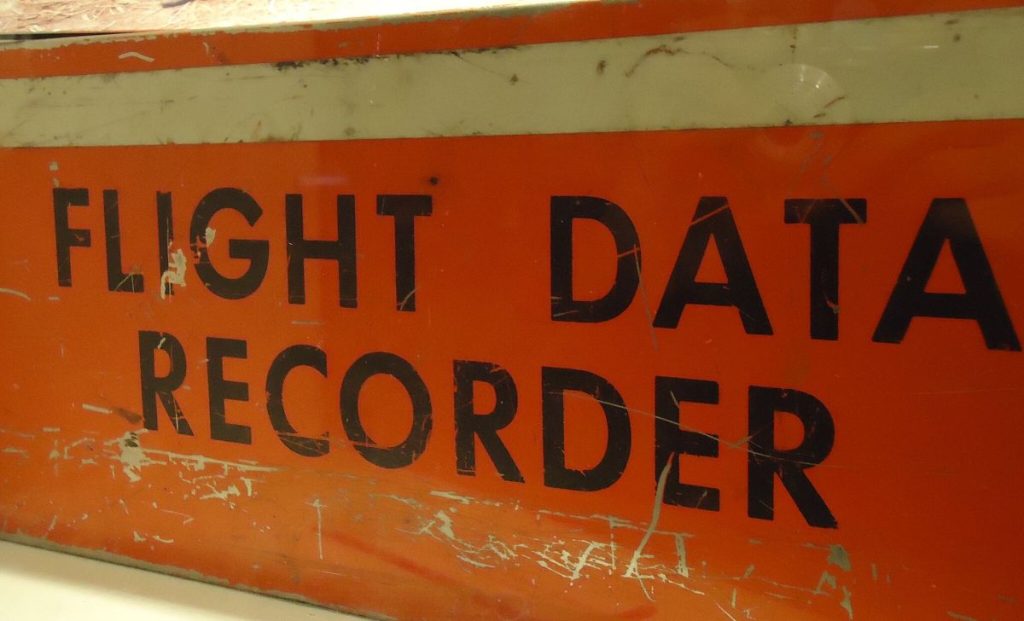
Much like the black boxes in aircraft, this device is designed to preserve critical data from a “crash.”
But instead of documenting a single tragic event, Earth’s Black Box will chronicle a slow-motion disaster, allowing future civilisations to understand how a technologically advanced species failed to avert a predictable crisis.
Humanity on Trial

The tone of the project is sober, even accusatory.
One of the project’s core messages is accountability: Your actions, inactions and interactions are now being recorded.
It’s meant not just to document failure, but to make people think about the consequences of their choices today.
There’s an implied warning in every data packet it collects, that our window to act is closing fast.
A Response to Inaction

This comes at a time when climate action is deeply polarised. World leaders continue to debate carbon caps and industrial responsibility, even as glaciers collapse and sea levels inch upward.
Meanwhile, countries like the US have, in recent years, rolled back environmental protections, leaving environmentalists alarmed by the lack of political urgency.
Earth’s Black Box stands in stark contrast to that inertia, offering a physical reminder that history will judge today’s decisions.
A Message for the Future, if There Is One
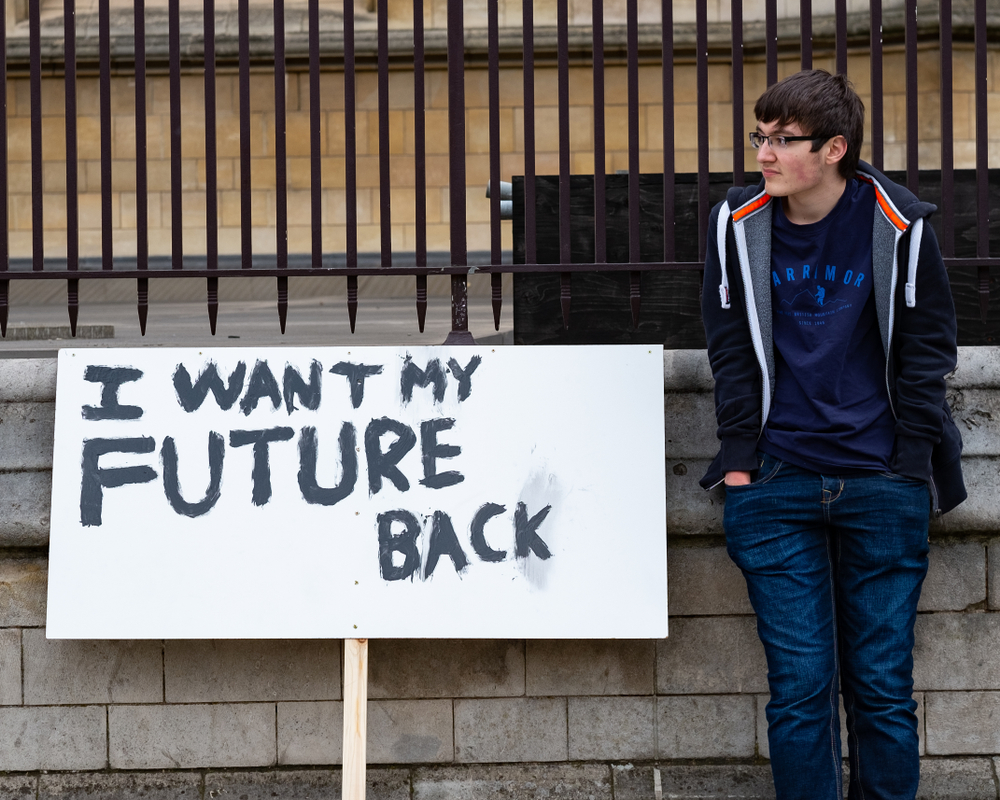
The designers are aware that the world might not end in a sudden fireball but rather in a series of gradual failures.
The black box is being engineered to survive for decades, even centuries. It may never be opened. Or perhaps one day, it’ll be all that’s left.
As one of the creators put it, “We hope it never needs to be used. But if it does, we want to make sure that whatever is left can learn from what we did or failed to do.”

